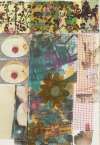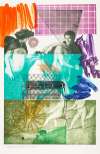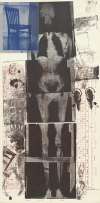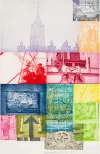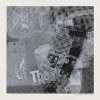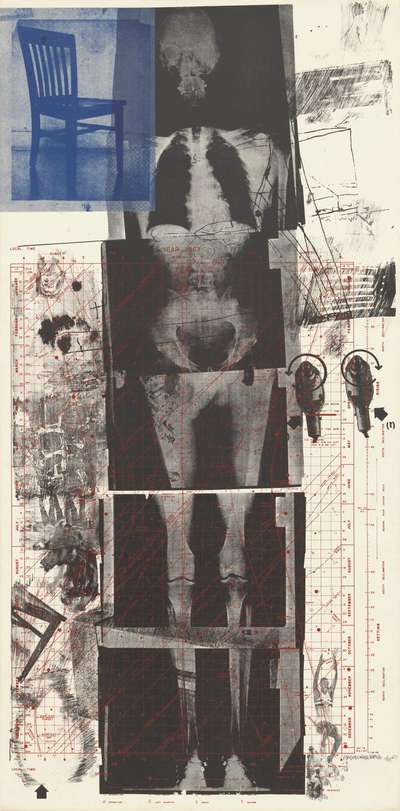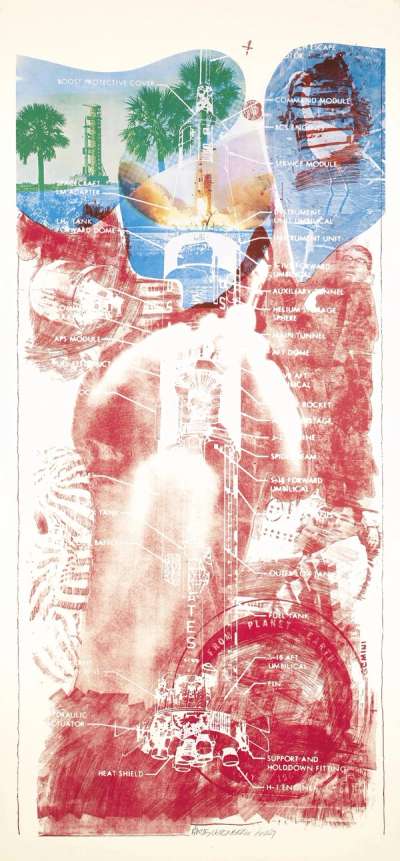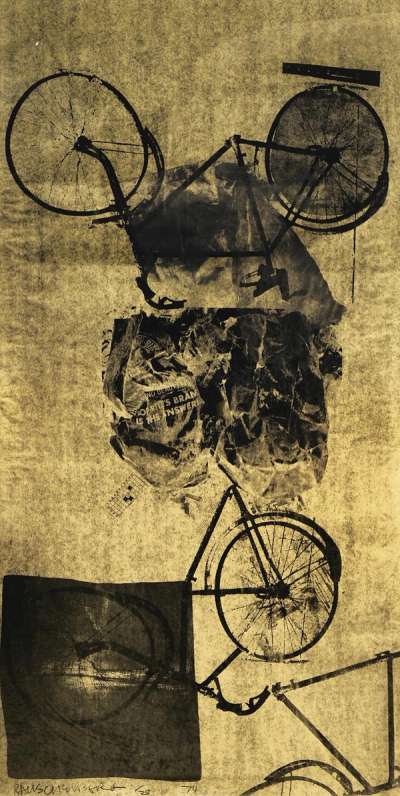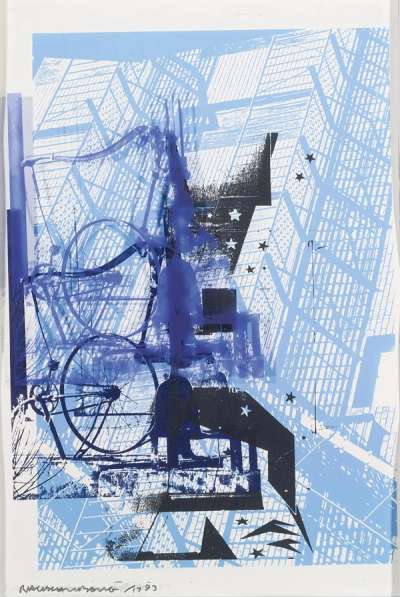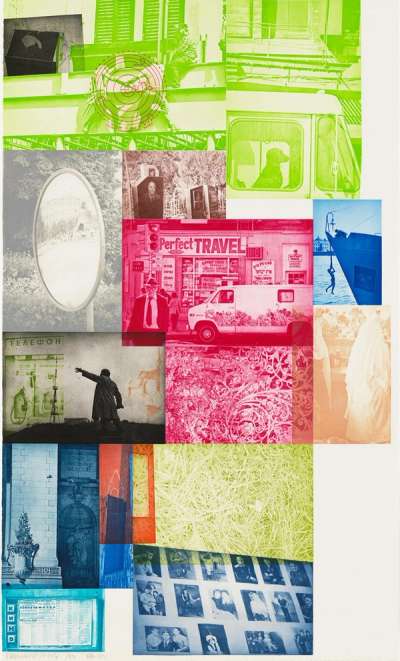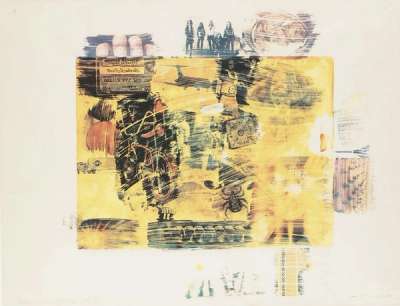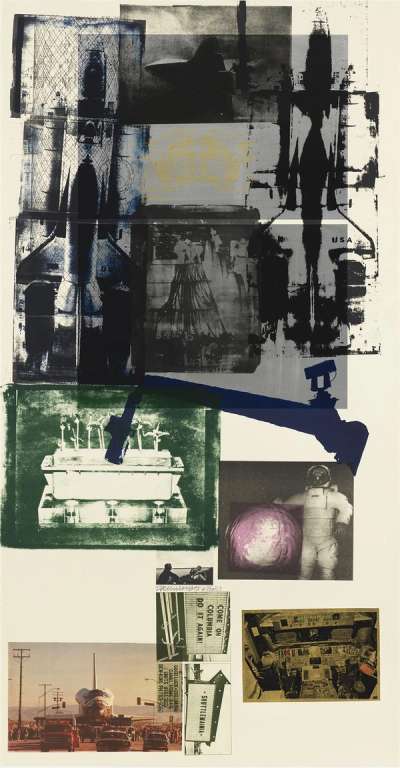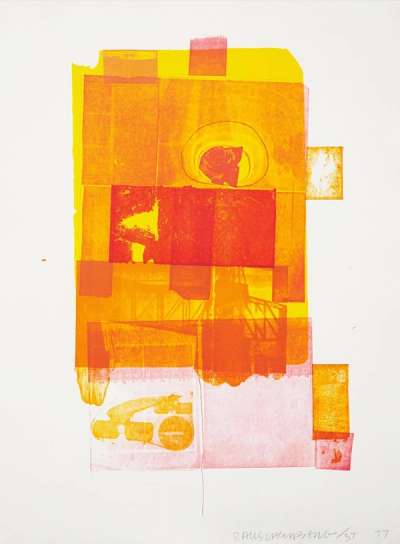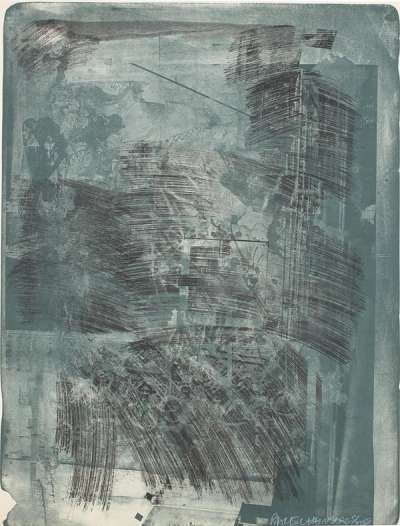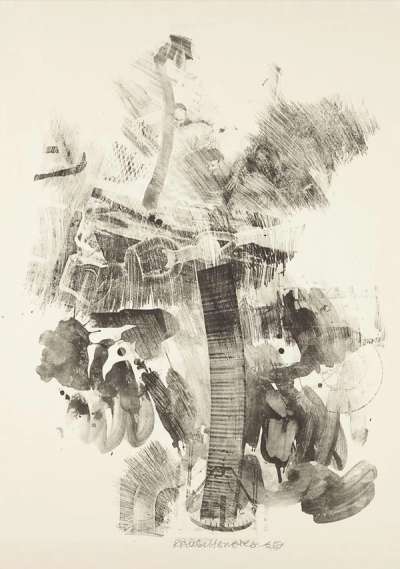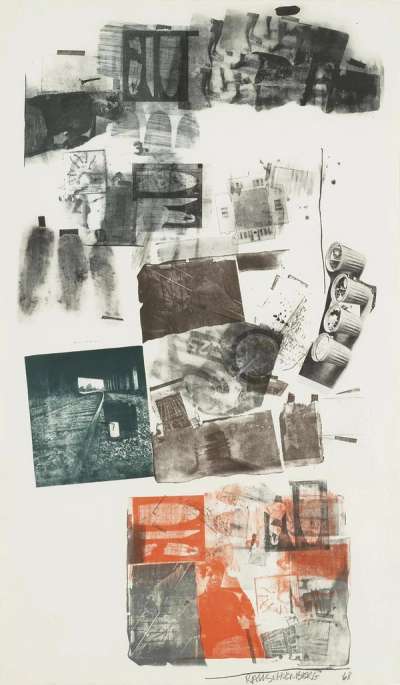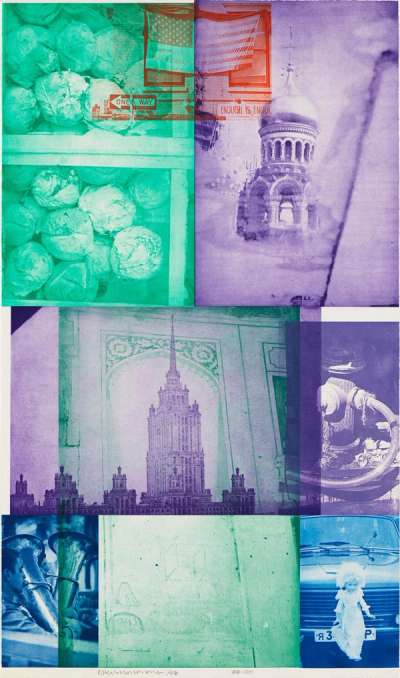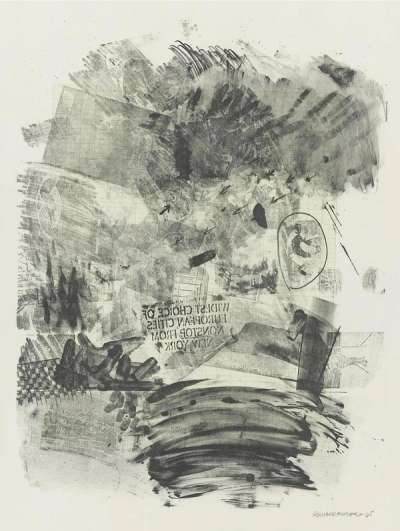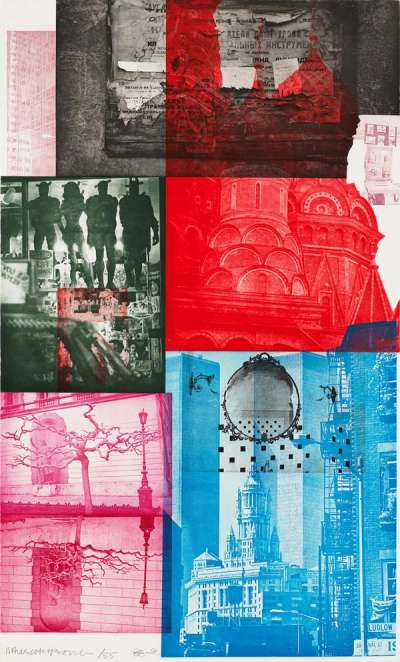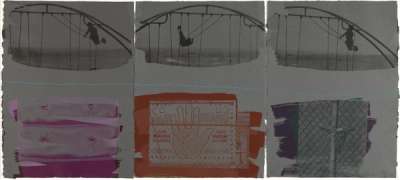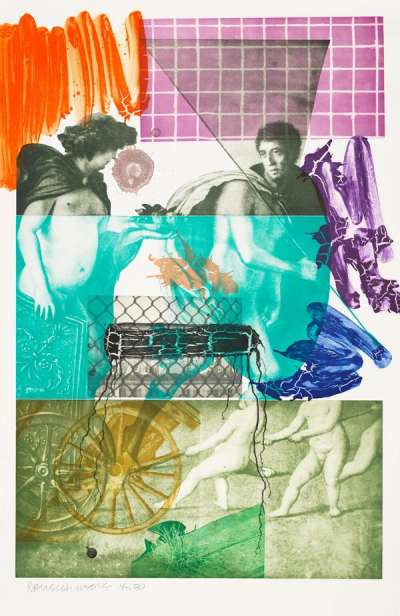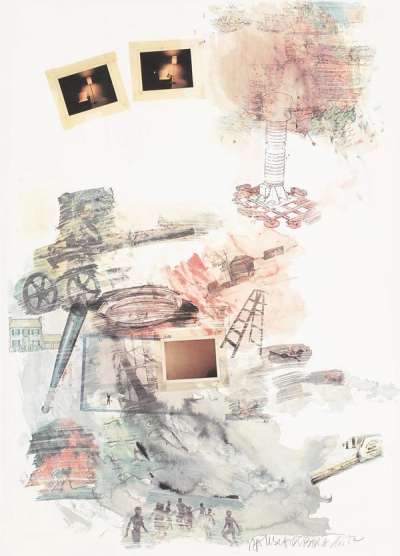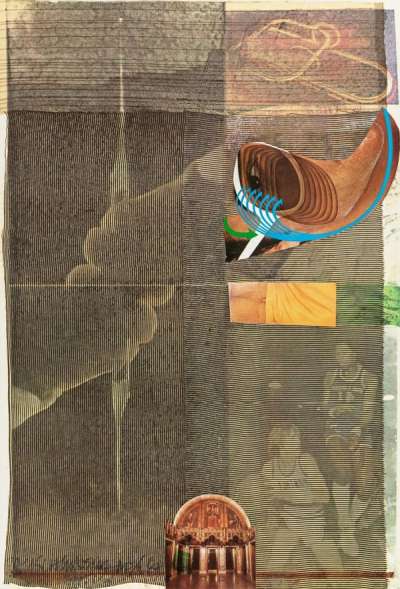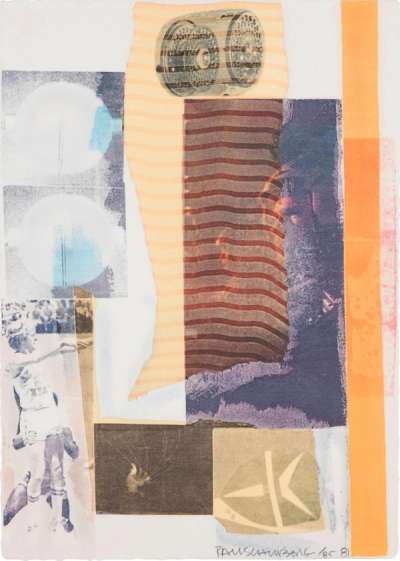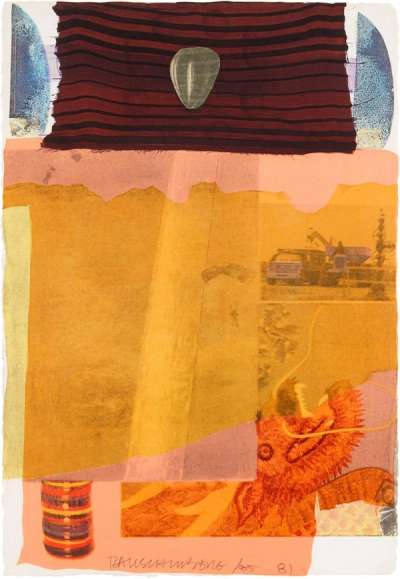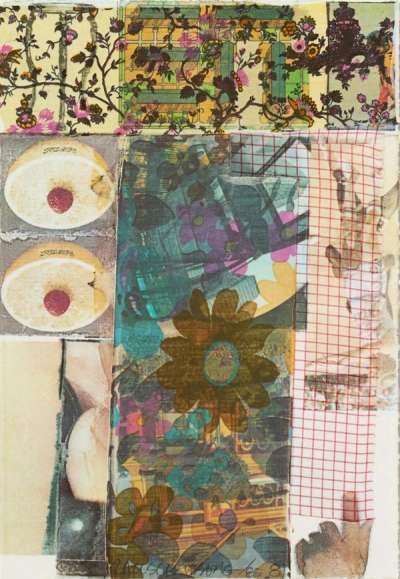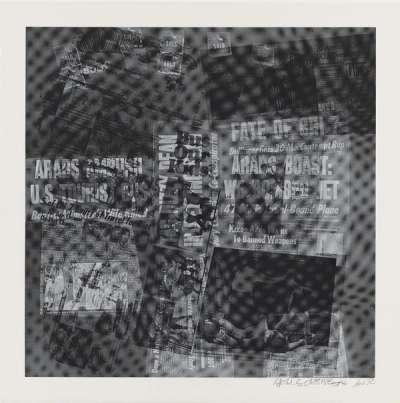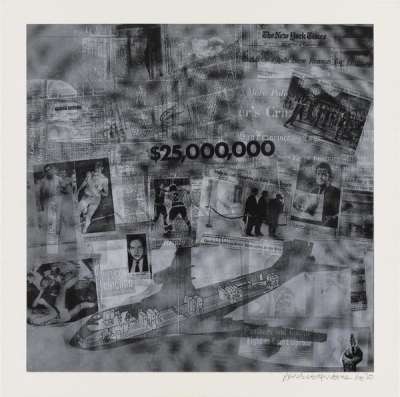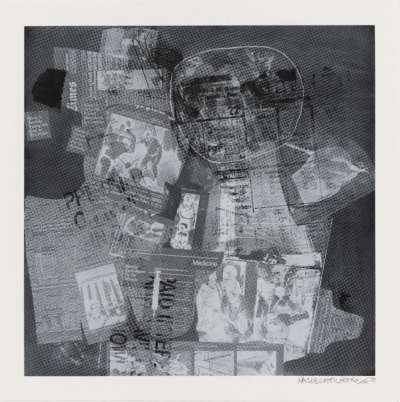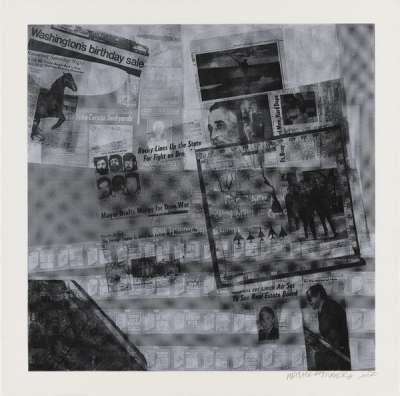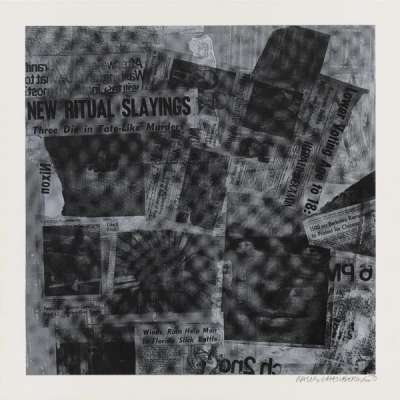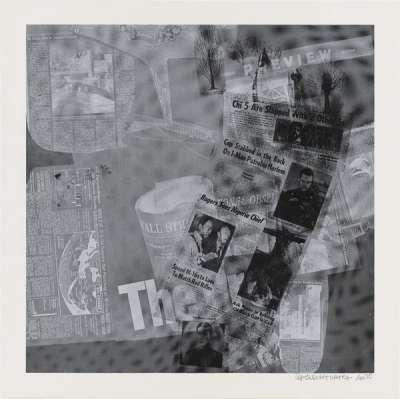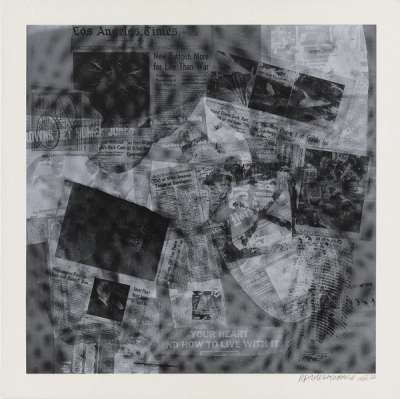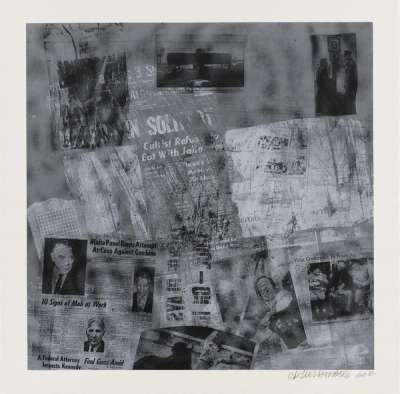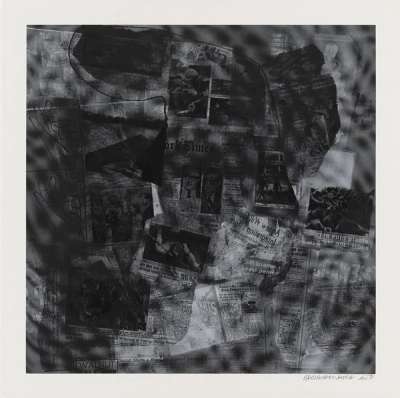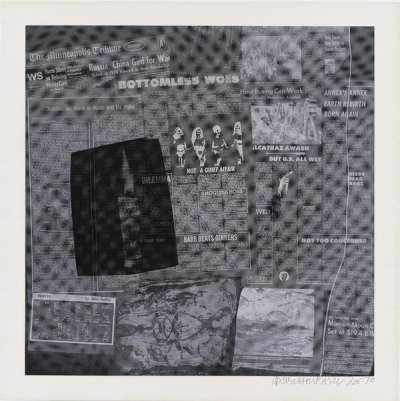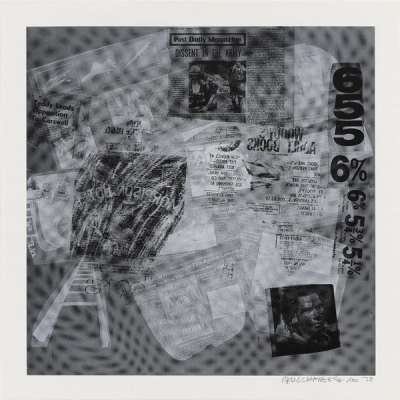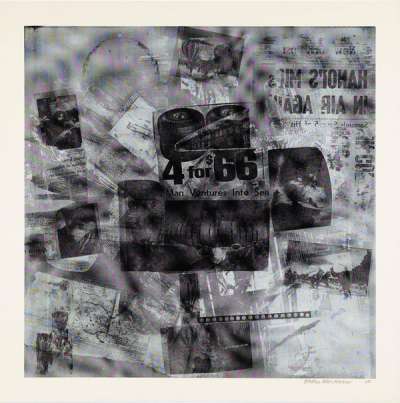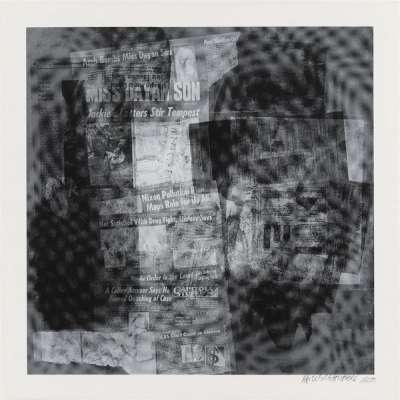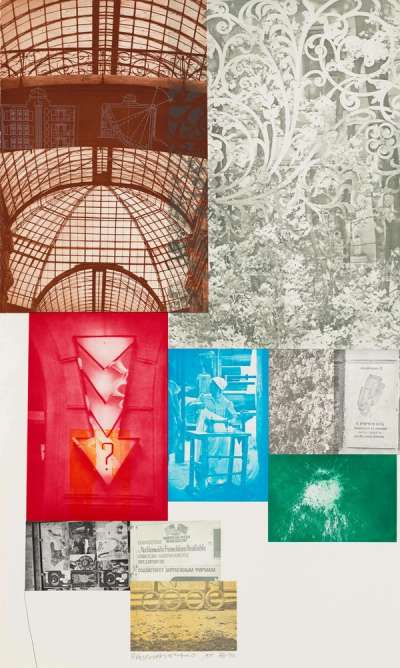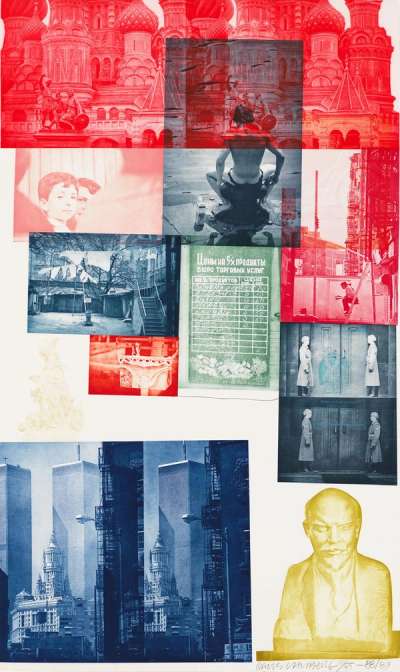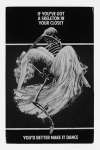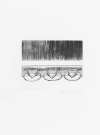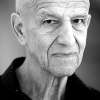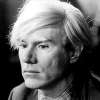Robert
Rauschenberg
Robert Rauschenberg was an American artist known for his innovative approach, which helped shape the Pop Art movement. His career was marked by a bold experimentation with non-traditional materials and techniques, blending painting and sculpture. If you’re looking for Rauschenberg original prints and editions for sale or would like to sell, request a complimentary valuation and browse our network’s most in-demand works.
Robert Rauschenberg prints for sale
Sell Your Art
with Us
with Us
Join Our Network of Collectors. Buy, Sell and Track Demand
Biography
Robert Rauschenberg was born Milton Ernest Rauschenberg on October 22, 1925, in Port Arthur, Texas. He was a groundbreaking American artist whose influence on the art world is profound and far-reaching. Rauschenberg's journey into the world of art was unconventional: he initially studied pharmacology at the University of Texas before being drafted into the Navy during World War II. It was during his service that he fully immersed himself in his passion for art. Rauschenberg's early works in the 1950s were characterised by a sense of innovation and experimentation; he began to incorporate non-traditional materials and objects into his work, leading to the creation of his famous Combines. These pieces were a groundbreaking fusion of painting and sculpture, often integrating everyday objects such as quilts, newspapers and even stuffed animals.
Throughout the 1960s and 1970s, Rauschenberg continued to innovate. He explored the use of technology in art, including his involvement in the Experiments in Art and Technology (E.A.T.) program, which sought to create collaborations between artists and engineers. His work became increasingly political, reflecting his concerns about social issues, the environment and the role of art in society. In the later years of his career, Rauschenberg remained prolific and continued to explore new mediums and techniques. He passed away on May 12, 2008, leaving behind a vast and diverse body of work that continues to inspire and challenge artists and art enthusiasts around the world.
Rauschenberg grew up in a strict Christian fundamentalist family, which initially influenced his early thoughts about pursuing art as a career. It was only after his time in the Navy that he decided to pursue it seriously, and after the war Rauschenberg studied art at the Kansas City Art Institute and later at the Académie Julian in Paris. His time in Paris was pivotal, as it was there he met his future wife, Susan Weil. In 1948, Rauschenberg and Weil decided to attend Black Mountain College in North Carolina, where Rauschenberg was profoundly influenced by the teachings of Josef Albers, a former Bauhaus instructor. Albers's emphasis on materials became a foundation for Rauschenberg's artistic philosophy, who also hoped that Albers’ meticulous technique would tame some of his spontaneity and perceived slovenliness. However, this was not to be, and the two had a contentious relationship.
Rauschenberg is often associated with Neo-Dadaism, an art movement that revived the anti-establishment and anti-art sentiments of early 20th-century Dadaism. As such, Rauschenberg challenged conventional art forms and hierarchies, blurring the lines between art and life. His use of everyday objects and materials in his Combines and his approach to art as a means of social commentary reflect the whimsical, irreverent and often satirical spirit of Dadaism. His work, through its integration of found objects and its rejection of traditional artistic norms, embodied the Neo-Dada ethos of questioning the very nature and purpose of art. Rauschenberg’s Combines approach challenged traditional boundaries between art mediums and was a significant precursor to the Pop Art movement. His influence extended beyond his artwork, as he was a generous supporter of young artists and a vocal advocate for artists' rights. He received numerous awards and honours throughout his career, including the National Medal of Arts in 1993. Rauschenberg's legacy is that of a boundary-pushing artist who constantly sought to redefine what art could be. His innovative spirit and willingness to experiment have made him a central figure in the narrative of 20th-century art.
